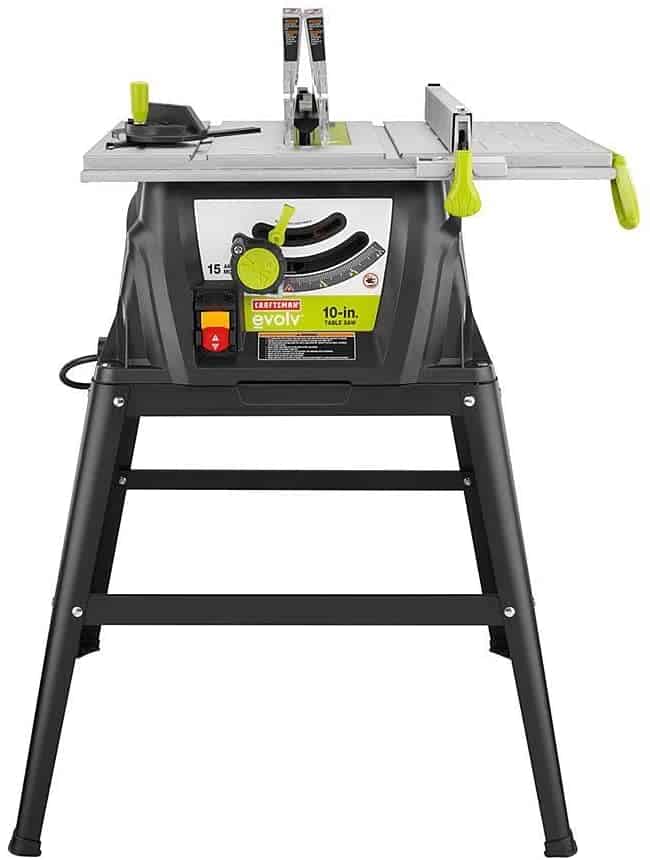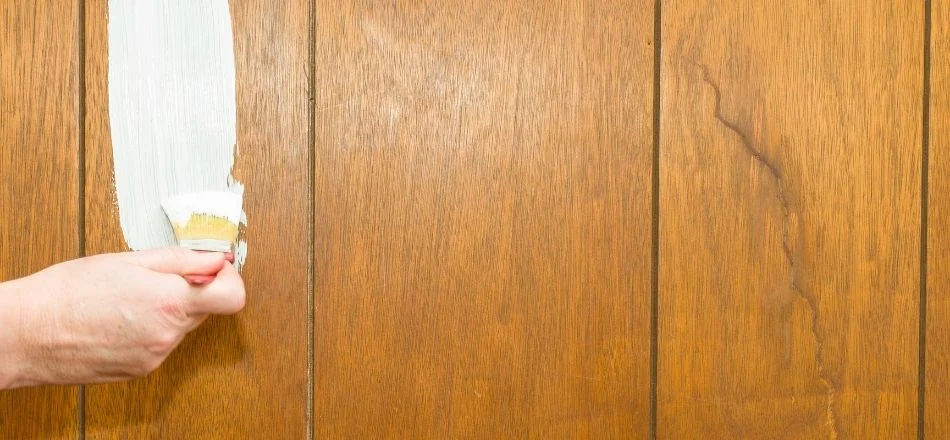Whether you’re going to repair the wooden legs of a broken chair, craft a balsa wood toy, or whatever the purpose you get on your side. Gluing is a necessary process without it, you cannot go longer in carpentry.
Super glues although are not manufactured to be used on wood (particularly), but are good enough to use for bonding wood pieces together, filling wood cracks, and if the moisture is the concern you got?
You can get superglues labeled water-resistant or for exterior uses.
This is their fast-drying ability which makes them famous as well versatile for many surfaces.
Super glues on wood- what to know?
As mentioned in the above context, you can use CA glues for wood joints.
However, there are things to be well aware of beforehand if you’re going to put this experiment on the test.
Types of super glues
These glues have three viscosities: thin, medium, thick. Each has own its uses in the industry.
- Thin-viscous glue–
These types of glues are popular than others and house many applications. From plastic, ceramic, wood repairing, and other smooth surfaces can be bonded using it. Since it’s a thin liquid, applying on wood will require more of it as woods can soak water.
- Medium-viscous glue-
There are not very popular but can be used for projects that require more drying time. As medium-viscous glues take slightly more during time than thin viscous, and less time than thick glues.
- Thick-viscous glue-
What you should know is that: if you put too much gel-based super glue on a block of wood to fill a crack.
It will make a weaker bond. Because the thick viscosity will hold between the pieces, causing no contact of the wood pieces.
That’s something problematic, and it happens due to some chemical reactions of wood and glue that make glue polymerized.
Thin super glues also have some problems with regard to bonding.
That’s if you apply too little amount of thin superglue, it will not make a bond- or it will be a weaker bond.
Since woods absorb liquid, leave no or very little thin glue for bonding.
So make sure you put more than enough glue if you’re struggling with wood joints.
Should you use thin or thick superglues for wood?
One common thing with every type of super glue is that when they get dried or be cured completely.
Use thin super glue on wood joints that do not need filling up gaps, cracks. And your projects require bonding two smooth surfaces that are placed one over another. The thin property allows seeping soak into wood gains.
Use thick superglues (Gel glues) when there are wood cracks to be filled. To stay on the cracks like a filler. The thick property does not soak into the wood instead it remains on the surface.
Wood glues vs superglues- Which is better for wood?
Traditional wood glues such as epoxy, polyurethane is still superior for wood joints. if durability is to be concerned.
While superglues or CA glues) can bond wood pieces together, but still, they might lead you to some drawbacks in the long run.
For example, Titebond III or Gorilla wood glue works better for filling wood cracks than superglues.
Also if you’re going to repair your wooden planter boxes that are supposed to be kept outside regardless of how the will weather affects them.
In that case, the right adhesive to go with is wood glue.
Filling wood cracks
Superglues can be used for filling cracks. Thicker variants of super glue are available, manufactured particularly for this purpose.
Thin glues like Gorilla super glue can also be used for filling cracks with some creative ideas.
With this being said, use sawdust or baking soda to increase the thickness.
How to fill wood cracks using superglue
- Dust off the surface in the first place.
- Wok in a ventilated area, due to fumes it emits.
- Always wear gloves, polyurethane gloves are good.
- Fill the crack with sawdust, or backing soda then pour the glue.
- Use an accelerator that will in bonding.
Give it some time to get cured. But make sure you’ve poured enough glue, too small or too much will not make a good bond. That is the long will be problematic.
Assembling wood parts together
Super glues work well when it comes to assembling small wooden pieces to craft a wood toy.
Most of the balsa’s wood toys, frames, artwork are glued by CA glues. Compared to other wood glues, they create a durable bond.
How to join small pieces together using superglue
- Dust off the surface in the first place.
- Wok in a ventilated area, due to fumes it emits.
- Always wear gloves, polyurethane gloves are good.
- Now apply glue in enough quantity on one surface.
- Place the second surface on the applied glue part.
- Hand pressure should be enough, do it for 30 to 60 seconds.
- Finally, you’re done with the process.
Creating water-resistant bonds using superglue
Projects that are supposed to be in contact with some water are not suitable to be bonded with superglues. Since traditional super glues are not good at resisting water.
However, this problem can be solved by using water-resistant super glues- also known as exterior glues. Which are good to use when humidity/water is the concern you got. Projects such as repairing patio tables, planetary boxes, are suitable for this purpose.
How to apply superglue on wet or moist surfaces.
- Dust off the surface in the first place.
- Wok in a ventilated area, due to fumes it emits.
- Always wear gloves, polyurethane gloves are good.
- Use water-resistant or exterior glue.
- Sometimes you may need to dry the surface, use a rag or piece of cloth for this purpose.
- If working with larger pieces of wood, apply pressure with clamps as hand pressure might not do well in joining them together.
Using superglue as a finish coat on woods.
Despite the fact it’s glue. But it can be used as a finish coat on surfaces including plastic and wood.
With the right application, you can achieve the finish of your choice: glossy or semi satin, and a matte-like look.
Note that, this is only can be done with thin variations. As we need just a thin transparent coat.
If you want to achieve a glossy finish on a surface, you should apply three coats maximum.
More than three coats, 5 to 6 will give the surface a matte-like look.
How to use superglue as a finish coat on woods.
- Use a lathe, set it to slowest RPM mode.
- Install your wood piece there.
- Wear gloves.
- Use thin or medium viscosity glue.
- Turn on the lathe machine to rotate the wood piece.
- Pour the glue on a piece of paper, or towel which will do just fine.
- Interact the glued paper or towel with the rotting wood. Ensure that you are spreading the glue evenly all over the surface.
- Repeat the process 3 times for gloss, 6 times for matte-like or dense finish.




